
Today, rail transport is a key strategic sector, both for the transport of people and goods of all kinds. It is also a sector in constant evolution and progress, which has adopted new technologies, from Wi-Fi zones for employees and customers, to new remote distributed control technologies, GPS and IoT.
While all applied technologies provide many advantages, they can also bring problems and introduce cybersecurity risks. The objective of this article will be to raise awareness of some of the most important cyber-attacks that have occurred in the industry and to contribute to the general awareness of the evolution of railway cybersecurity and cyber-attack protection measures available to the industry.
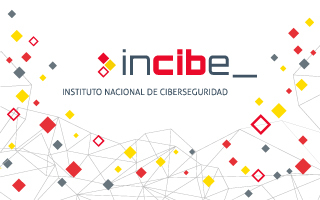

The UN R155 and UN R156 regulations are of vital importance for vehicle cybersecurity. From July 2022, all car manufacturers that want to be type-approved must comply with both regulations, but from July 2024 this requirement will be extended to all new vehicles sold in the European Union, regardless of when the manufacturer obtained type-approval. One of the most important aspects of compliance with both regulations is the completion of a cybersecurity risk assessment of the vehicle, including all integrated components of the vehicle's supply chain. On the other hand, it also specifies how to incorporate cybersecurity from design, how to detect and respond to incidents, how to securely update vehicle software, etc.
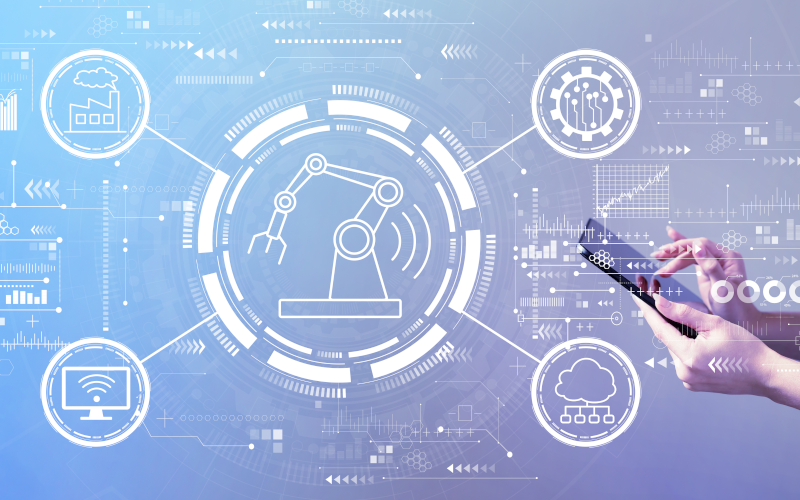
En la actualidad, el crecimiento de las plantas industriales ha provocado una incesante búsqueda en la mejora de la productividad de los procesos industriales. Esto ha llevado a la evolución de los dispositivos IIoT y, con ello, la emergencia de las pasarelas ICS. Estas se han postulado como puentes tecnológicos, tendiendo vínculos, puentes, entre los dispositivos instalados y la inmensidad de los entornos cloud. En este artículo descubrirás el papel central de estas pasarelas, descubriendo su función como facilitadoras esenciales en la convergencia de la ingeniería tradicional y la innovación en la nube.
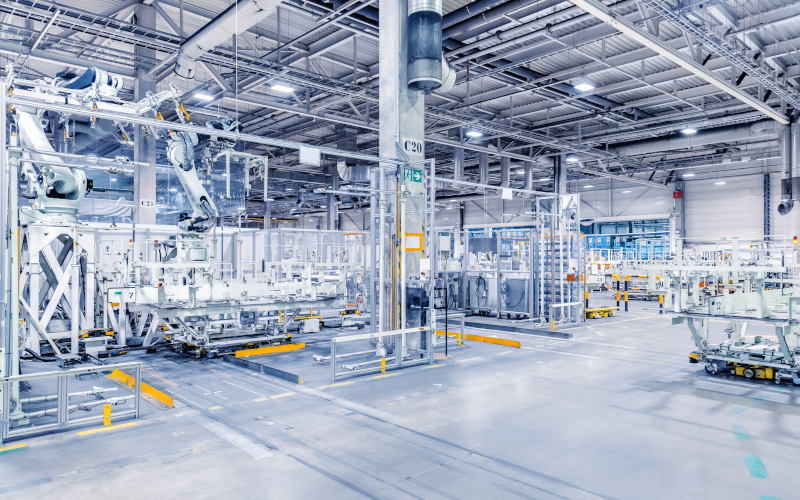
Technology adoption in industrial plants is part of the global digital transformation. This evolution provides greater knowledge of all the elements that interact in industrial processes, but it can also incorporate cybersecurity issues if a series of good practices are not followed. The development of this article focuses on the problems introduced by Wi-Fi communications and their growth in industrial environments.
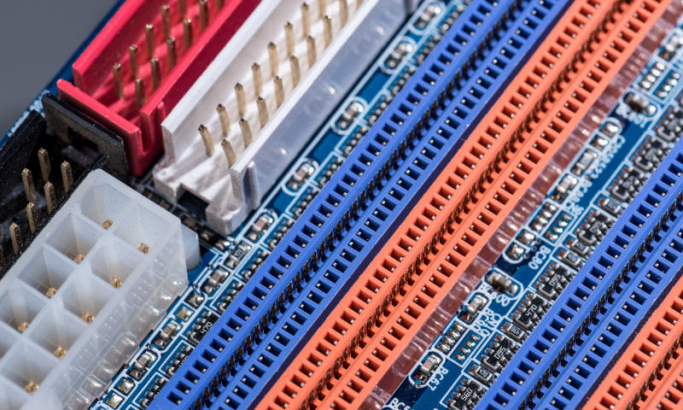
This post presents some lines of action that should be followed to deal with a DrDoS cyberattack based on the PortMapper protocol, describing in detail the prevention, identification and response phases to follow.

This post presents some lines of action that should be followed to deal with a DrDoS cyberattack based on the LDAP protocol, describing in detail the prevention, identification and response phases to follow.
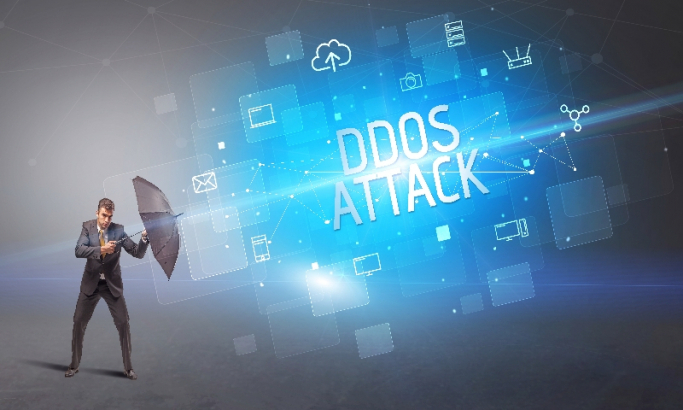
This post presents some lines of action that should be followed to deal with a DrDoS cyberattack based on the QOTD protocol, describing in detail the prevention, identification and response phases to follow.
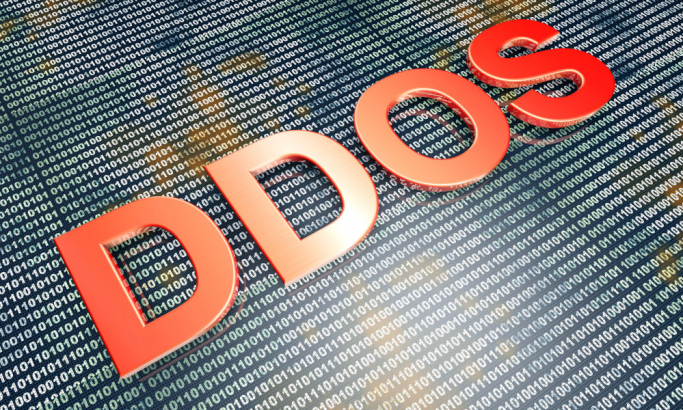
This post presents some lines of action that should be followed to deal with a DrDoS cyberattack based on the SSDP protocol, describing in detail the prevention, identification and response phases to follow.
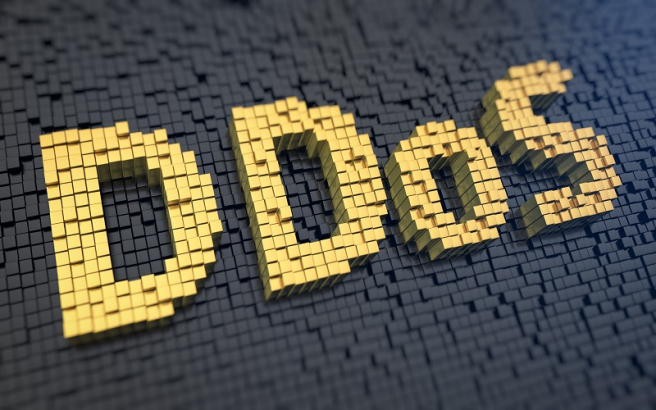
En este post se presentan algunas líneas de actuación que deben seguirse para hacer frente a un ciberataque DrDoS basado en el protocolo CharGEN, describiendo detalladamente las fases de prevención, identificación y respuesta a adoptar.



